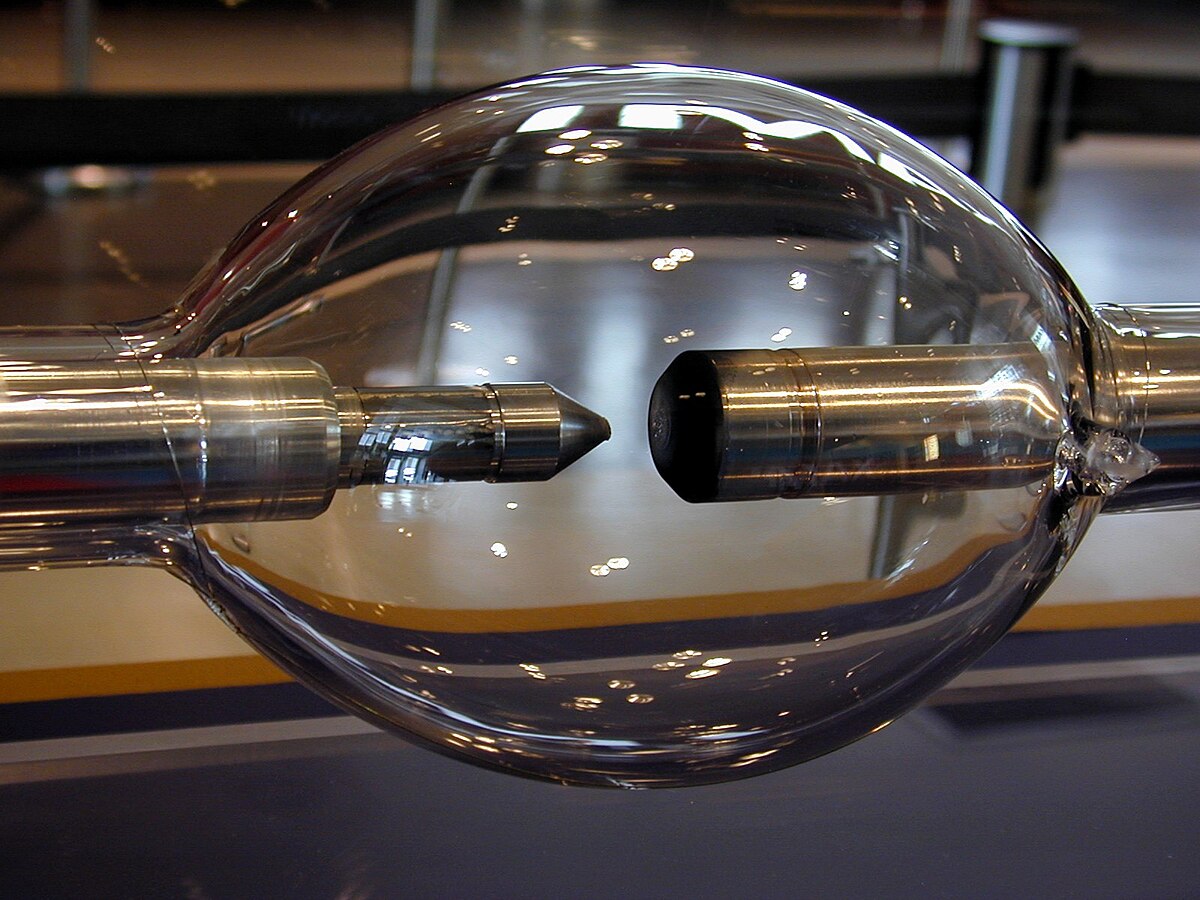Umm, when I was a wee one, we took the carbon positive rods from D cell batteries, made a saline resistor, and struck and maintained arcs for many minutes from "110V". Later I was given "carbons" by a friend who owned a movie theater and we went a lot longer.
How many arc welders do you think have over 100V at the electrode?
I think there is more to your reason than what you have given us.
In both cases though how far are you away? Maybe a foot or two? So did you receive a second degree burn in under 2 seconds? No? Did you trip the breaker? That’s not an arc flash or power arc.
Those two examples use a conductive or semi conductive vapor, not air. Carbon arc lamps arc through a carbon vapor.

en.wikipedia.org
Similarly arc welders arc through a metal vapor.
In an arc flash the vapor is just air. Arcs are not linear. In one region things stay pretty much under control and we can do useful things like HID lighting and welding. In another region the arc voltage drop becomes almost constant irrespective of current and so we lose control and arc current becomes limited almost entirely only by system available short circuit current.
That’s IF the arcs self sustain. That’s easy in a conductive gas but not in air. Hence your examples show that low voltage arcs in conductive gas can self sustain quite easily but a generally nonconductive gas is another matter. Air can only sustain restriking if it gets hot enough so that it doesn’t cool so far between restrikes (every half cycle) that it is self sustaining. At DC this is possible only at extreme conditions (20 kA available current, 1/4” gap) up to 80 milliseconds at 130 VDC. At lower currents it would not sustain at all. This just crosses the 1.2 cal/cm2 threshold at 18”. Some people have seriously misrepresented this data (lied) by using the experimentally measured arc thermal power, changing the working distance to 12” and just recalculating it at 2 seconds given the arc power at 80 milliseconds. Which is clearly fraudulent science at best. At 120 VAC there is no way it can possibly approach the same conditions given the limited time the voltage exceeds even 130 VDC.
If this seems confusing let’s make it more clear. Here is what happens at DC.
Notice the arc is not linear. To the left we get low currents (neon lamps, welders, HID). To the right we get power arcs where current is limited only by the system short circuit current. So in AC once we ignite an arc it continues to burn until the current goes through zero...technically arc voltage reaches a few Volts where it drops out of the power arc region. This happens every half cycle. Then air starts cooling down. As voltage rises again if it reaches a pint where it can restrike the arc reignites and remains lit again fir the rest of the half cycle. If the air cools down too far it just self extinguishes and stays that way. This gives us the classic “square wave” arcing fault voltage. It is far more pronounced at low voltages than at medium voltage where the line voltage gets to the flashover voltage very quickly so it’s only really obvious in AFCI test data. I have some nicer charts but they are from IEEE papers (pay wall).
This is not to say that AFCIs aren’t a solution looking for a problem. They are intended to address sparks (left side of the above), not arcs. In 120 V circuits power arcs will easily trip the instantaneous protection but not before wood can catch fire.



